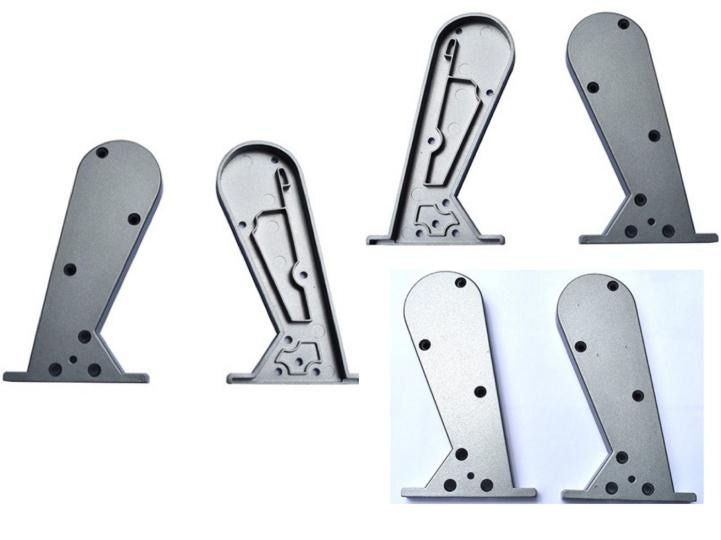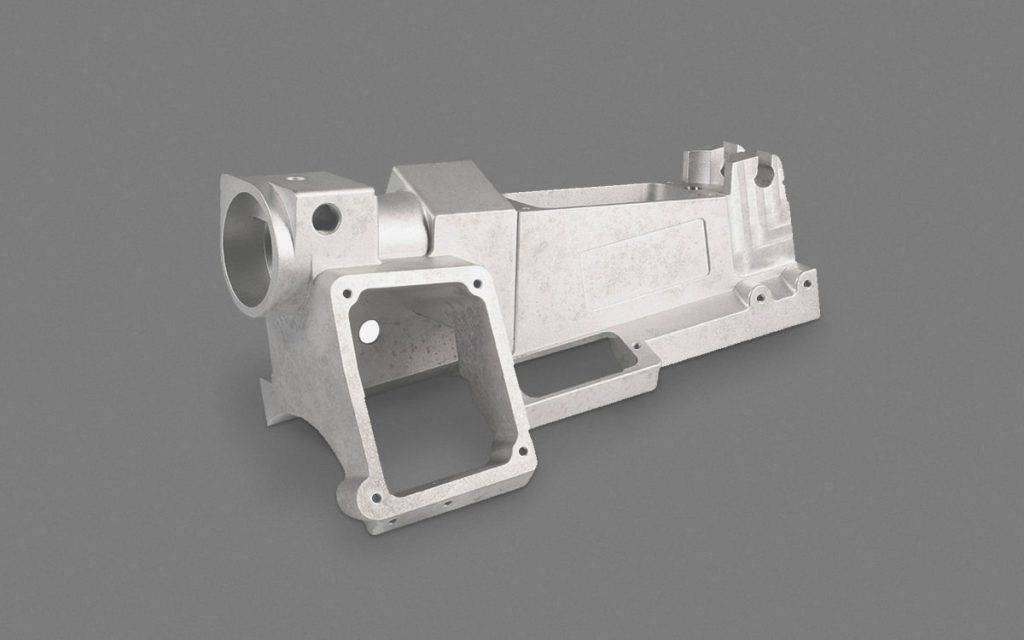In recent years, with the rapid development of the automobile, aerospace, and computer industries, higher requirements have been placed on castings with lightweight, high toughness, and corrosion resistance. For aluminum alloy parts, the processing and forming of high-strength, high-toughness, corrosion-resistant alloys, deformed alloys, and the forming process of large and complex alloy parts have become the research hotspots of lightweight alloys. However, most of the mechanical properties of cast aluminum alloys are mostly low tensile strength and low elongation in the die casting state.
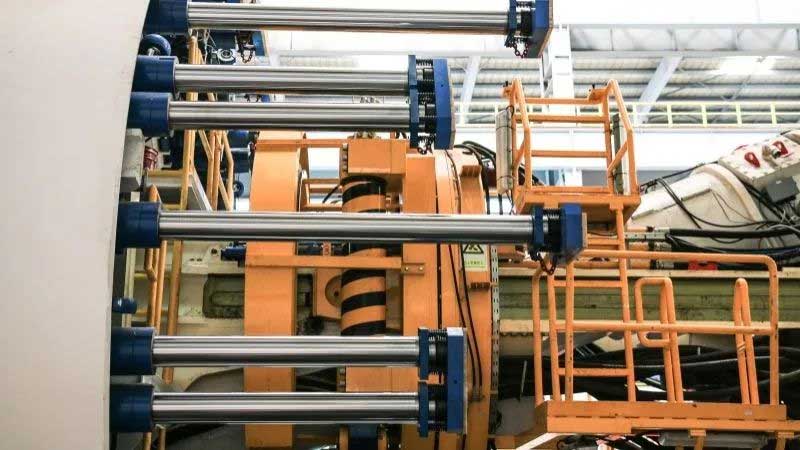
Why do we need to discuss the new aluminum die casting?
With the development of technology, the demand for high-strength and lightweight castings has gradually increased, and the advantages of using the die-casting process to prepare aluminum alloy parts have attracted attention. The die casting process (die-casting) is a special casting process commonly used in the processing industry. By filling fluid metal or semi-fluid metal into a die casting mold at high speed under high pressure, it is formed and solidified under pressure to finally obtain a casting.
Because the castings formed by the die casting process have the advantages of high dimensional accuracy, high strength, and high material utilization, die-casting and high-strength die-casting are widely used in the manufacture of components with complex shapes and moderate loads.
The density of aluminum is only about 1/3 of that of iron, copper, zinc, and other alloys. It is one of the die-casting alloy materials that meet the requirements of lightweight. In addition, aluminum has a high specific strength and specific stiffness and has good plastic body rheological properties. The crystallization temperature range is narrow, the linear shrinkage rate is small and other advantages, it is easy to form and cut, and has high mechanical properties and corrosion resistance. Based on the above advantages, aluminum alloy has become one of the high-strength and tough die-casting alloy materials.
Aluminum alloy dies castings have excellent weight reduction effects in the automotive, aerospace, and other industries. Since the 1980s, the rapid development of the automotive industry has driven the development of related industries, and the development of the automotive industry is mainly about intelligence, lightweight, modularization, etc. The technology of replacing cast iron castings with aluminum alloy castings, engineering plastics, and carbon fiber has been developed rapidly. Among them, more than 40 kinds of parts such as heat exchangers, engine cylinders, water pumps, and wheel hubs in automobiles are made of aluminum alloys.
New die casting aluminum alloy
The automotive industry continues to develop based on the needs of energy, safety, comfort, and other factors. The development needs of the automotive industry for materials are in the era of the application of aluminum-magnesium alloys to replace steel, cast iron, and other energy-consuming, high-quality and heavy materials.
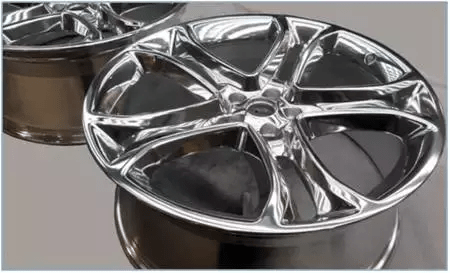
Traditional body parts are mainly based on steel plate stamping or hydraulic bulging or tailored welding of plates. If the aluminum alloy is used, there is a need for high strength and high toughness. The application of aluminum alloy has the advantage of high integration of parts. The performance requirements of different parts are different. Some need to improve their elongation, and some need to improve their corrosion resistance. With the development of the high vacuum die casting process, the performance of die casting parts Processing requires more excellent aluminum alloys with various properties.
To meet the demand for high-plasticity aluminum alloys, scholars from Germany and Japan have researched high-plasticity Al-Si-Mg alloys based on high-vacuum technology since the 1990s. In the new die-casting aluminum alloys developed by Germany Rheinland Aluminum Company: Maximal-59, Sila-font-36, and Castasil-37, the content of Fe element in the alloy is controlled to be less than 0.2% to ensure the toughness and strength of the casting. The phenomenon of sticking occurs, and 0.5%~0.8% Mn element is added to the alloy at the same time. After testing, the elongation of Maximal-59 alloy standard round bar sample in the as-cast state can reach 17%, and it has been used in the manufacture of automobile doors.
Kondo Kaili used Silafont-36 as the base alloy to obtain different mechanical properties by controlling the content of Mg in the alloy. The study found that when the mass fraction of Mg is 0.33%~0.40%, the aluminum alloy shows a better elongation rate and compressive strength.
German scholars have developed Aural-2 and Aural-3 alloys. Au-ral-3 alloy has good fluidity and good filling performance, and Aural-3 alloy can be heat treated by adding Mg element, and a new type of alloy can be obtained by solution treatment. The elongation of the high-strength and the tough alloy is 5% to 12%, and the yield strength σ0.2 is 250MPa.
At present, many enterprises and research institutes in China are developing high-strength and tough aluminum alloys suitable for automobile body structural parts. During the cooperation, a high elongation heat-resistant cast aluminum alloy and its pressure casting preparation method were developed.
The alloy belongs to the Al-Si-Mg alloy, which describes the content of Si, Cu, and Mg, and specifies the trace elements Sc and M (at least one of Ti, Zr, and V). The yield strength can reach 169MPa, the elongation can reach 10.0%, the high-temperature tensile strength at 200°C can reach 190MPa, and the high-temperature elongation can reach 14.0%. It has an excellent room temperature and heat resistance and can be used in automotive parts without solution heat treatment. Quantify development needs.
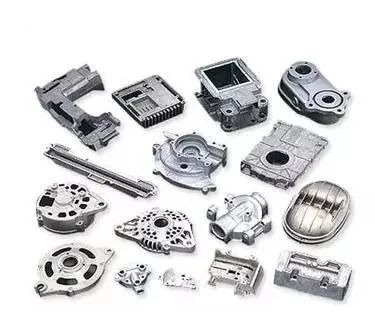
In summary, the current research on new high-strength and toughness die-casting aluminum alloys mainly focuses on the Al-Si-Mg system. Due to the addition of Mg in the Al-Si system alloy, Mg2Si can be formed, and a solid solution can be formed during solution treatment. Alloy and Mg elements can also form a highly corrosion-resistant spinel film on the surface of the alloy liquid to improve the corrosion resistance of castings.
In theory, the comprehensive strengthening effect of the Cu element on Al-Si alloys is more significant. Compared with the Mg element, the Cu element is easier to form nuclei in aluminum alloy, and the performance is improved after heat treatment, but the dissolution rate of the Cu element in the aluminum alloy is higher than that of the Mg element. low, the application in Al-Si alloys is limited. The research on the new high-strength and toughness properties of Al-Si-Cu alloys needs to be further discussed, which is of great significance for the research and development of new high-strength and tough aluminum alloys.



